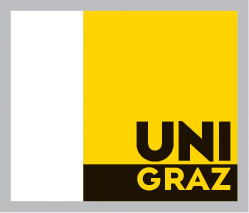Ingredients:
- heven (brewer's yeast)
- salbey (common sage)
- honiges (honey)
- hopphen (hops)
- wirtz (puree)
- brunnen (water)
Tools:
Categories:
Main ingredient: sweetenerPreparation: drinkType: -wilt du guoten met machen . Der guoten mete machen wil der werme reinen brunnen daz er die hant dor inne liden kuenne . vnd neme zwei maz wazzers . vnd eine honiges daz ruere man mit eime stecken . vnd laz ez ein wile hangen vnd sihe ez denne durch ein rein tuoch . oder durch ein harsip in ein rein vaz vnd siede denne die selben wirtz gein eime acker lanc hin vnd wider vnd schueme die wirtz mit einer vensterehten schuezzeln . da der schume inne blibe vnd niht die wirtz dor noch guez den mete in ein rein vaz . vnd bedecke in daz der bradem iht vz muege als lange daz man die hant dor inne geliden muege . So nim denne ein halp mezzigen hafen . vnd tuo in halp vol hopphen . vnd ein hantvol salbey vnd siede daz mit der wirtz gein einer halben mile . vnd guez ez denne in die wirtz vnd nim frischer heven ein halp noezzelin . vnd guez ez dor in . vnd guez ez vnder einander daz es gesschende werde so decke zvo daz der bradem iht vz muege einen tac . vnd ein naht So seige denne den mete durch ein reyn tuoch eder durch ein harsip . vnd vazze in . in ein reyn vaz . vnd lazze in iern drie tac vnd drie naht vnd fulle in alle abende . dar nach lazze man in aber abe vnde huete daz iht hefen dor in kumme vnd laz in aht tage ligen daz er valle . vnd fuelle in alle abende . dar nach loez in abe in ein gehertztez vaz vnd laz in ligen aht tage vol . vnd trinke in denne erst sehs wuochen oder ehte so ist er aller beste .


